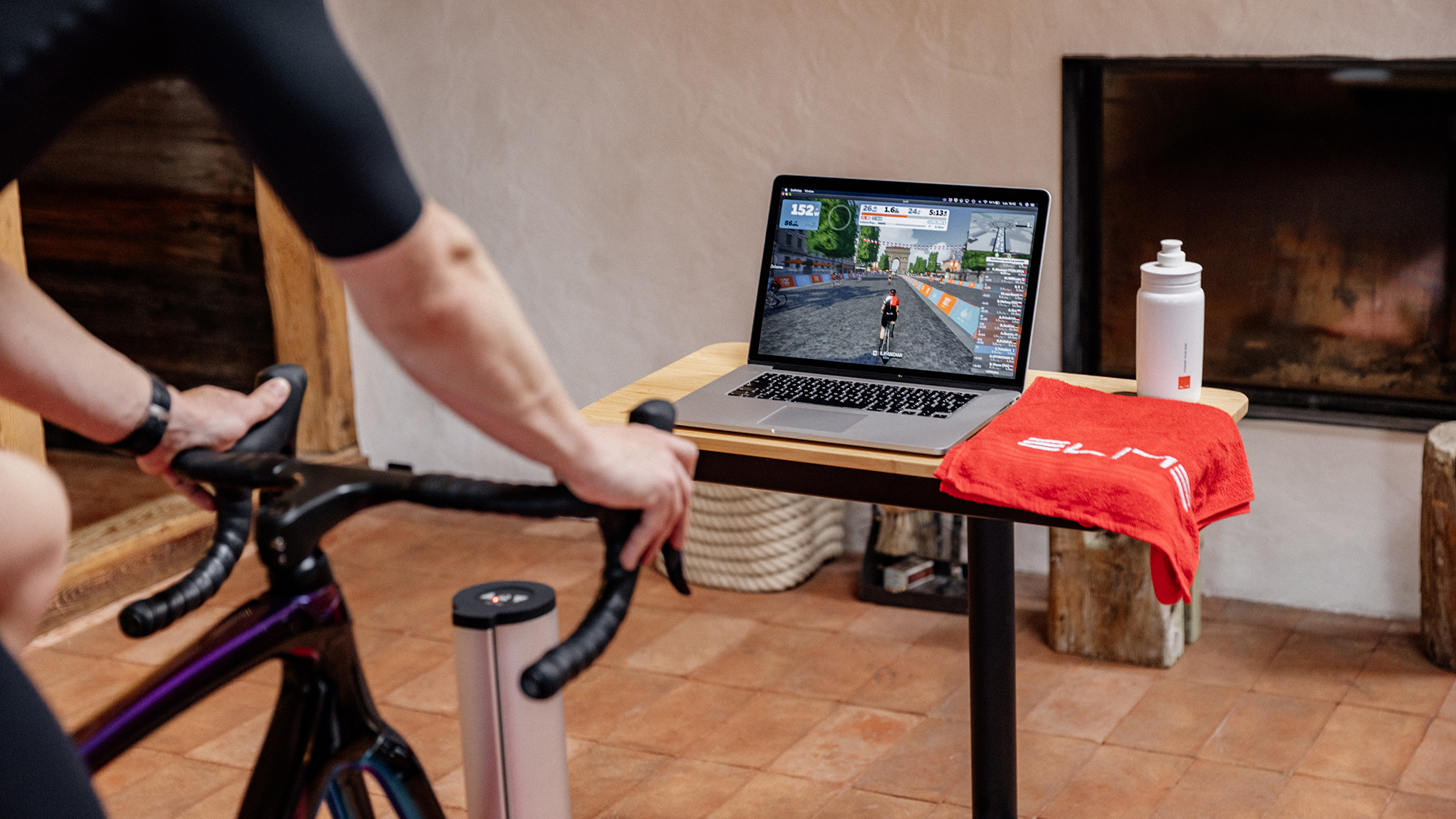Are we in the midst of an indoor cycling recession?
Is indoor cycling contracting, and is that part of a larger trend or just seasonal?

Glance at some headlines over the last few months, and you could be excused for thinking that indoor cycling has been weathering a storm.
Earlier this year we took a close look at what was happening at Peloton. The brand was experiencing troubles and we wanted to know what was happening. In the end, it looked like the brand was largely responsible for their own challenges, but it wasn't happening in a vacuum. Peloton made mistakes, and it put the brand in a tough position to deal with pressures from the outside world.
Although Peloton experienced a bit of bad publicity in the form of popular TV show storylines, it was basic supply and demand that was the real problem. In 2020 when the pandemic changed the world as we know it, at-home fitness equipment experienced a huge spike in demand. Peloton was at the top of an unprecedented wave of demand and it looked like the biggest challenge was getting equipment into the hands of consumers. The company invested heavily in increased production capacity only to see the wave of demand come crashing down. Consumers are fickle when it comes to fitness equipment and despite what looked like a strong core business Peloton had too much supply as demand softened.
Then this month’s news came in that Zwift is changing their long-term plans. There had been rumours of a coming Zwift hardware business and a major expansion of what Zwift has always offered. Since the end of last year Zwift had been hiring and making moves behind the scenes to ready themselves. Suddenly it was suggested that around 20% of the Zwift employee base found themselves unemployed, and we saw an official confirmation of a change in long term strategy.
We wanted to know if these two news stories had a connection and how it fit into the larger story of the world right now. Is the world economy experiencing a recession or just indoor cycling?
To kick things off we went back to Zwift and asked them for their thoughts. A Zwift spokesperson responded: "It's clear that as a result of rising inflation, rising energy costs, supply chain constraints, an ongoing war in Europe, COVID's ever-changing impacts, and other macroeconomic conditions, we are entering a period of volatility across all sectors of the economy. It would be unreasonable to think that the indoor cycling category would be immune from this kind of a broad economic trend. That said, the number of people riding, training, and racing in Zwift continues to grow year-over-year. This week's restructuring will allow us to maintain a position of financial security through a period of uncertainty while focusing on improving the Zwift platform to give all kinds of cyclists and runners access to ever-improving ways to connect with each other and stay fit."
That's a pretty clear and concise statement placing blame outside of the Zwift business. The Zwift incentive is to place blame externally, though, so we looked to see if there was a way to corroborate the statement. Wahoo is another leader in the indoor cycling market but at this time they still haven't responded to our questions. The same is true of Shimano.
Get The Leadout Newsletter
The latest race content, interviews, features, reviews and expert buying guides, direct to your inbox!
Zwift has to talk because they've very publicly made changes to their long-term plan. Everyone who's played their cards a little closer to the chest doesn't have to talk and so, unsurprisingly, they aren't.

If you are feeling a bit uncertain about where that leaves us, you aren't alone. It's not just the cycling world either. If you look beyond our small corner of the economy there's a lot of confusing messages and uncertainty. Planet Money on NPR has a recent show that covers exactly this uncertainty. On May 20th, The Indicator covered just how confusing the economic outlook is right now. At least in the US, manufacturing is up, housing prices have remained high, and unemployment remains low but there's considerable worry. There are also some early indicator signs starting to flash. Planet Money specifically covers the 11% of subprime personal loan accounts that are past due.
If you are hoping the answer to the question is just that indoor cycling is experiencing a small contraction, there is a bright spot we were able to find. In this writer's area of the US Pacific Northwest we reached out to one small, local, hotel to see what their numbers looked like. We wanted to see if the long, cold, spring and winter, as well as the pandemic, might be contributing to pent up demand to get outside. What we heard back is that year-to-date this small hotel is seeing a 40% revenue gain compared to last year. This corroborates what the New York Times predicted in their February article looking at Travel Trends for Spring 2022 where they cite an analysis of the short-term rental market which shows a 30-60% increase in bookings compared to 2019. Of note, those increases are coming in small cities and resort destinations. Exactly the kind of places perfect for cycling.
Clearly people are traveling and it coincides with a growing trend of bike availability. The market has hardly returned to normal but time has passed and more cautious brands have either decided to, or been able to, add production. Even some of the best budget road bikes are actually available at retailers again, the weather is looking a lot better, and people are getting outside both locally and to travel.
This coincides with very real market pressures. The cost of fuel is rising sharply and that impacts shipping. Smart trainers are heavy and shipping impacts profitability. There are still global supply chain challenges too. The components needed to build a smart trainer are in short supply and pricing is high. On top of all that Zwift has previously reported that they saw a softening of demand for the trainers they sold as a retailer. If the brand went forward with new hardware, it would be in the face of all these market challenges plus rising borrowing costs.
Instead of painting Zwift as having made a mistake and the economy as being on the precipice of disaster, it might be worth taking an optimistic tone. Cyclists are getting outside and that's impacting indoor cycling. The Zwift and Peloton stories do have a connection, but only as examples of two different ways to handle market pressures. Peloton wasn't cautious and it cost them. Zwift is being cautious and focusing on their core business. What's most difficult about the situation is that people are losing jobs and that's always tough to see happen.
Josh hails from the Pacific Northwest of the United States but would prefer riding through the desert than the rain. He will happily talk for hours about the minutiae of cycling tech but also has an understanding that most people just want things to work. He is a road cyclist at heart and doesn't care much if those roads are paved, dirt, or digital. Although he rarely races, if you ask him to ride from sunrise to sunset the answer will be yes. Height: 5'9" Weight: 140 lb. Rides: Salsa Warbird, Cannondale CAAD9, Enve Melee, Look 795 Blade RS, Priority Continuum Onyx
